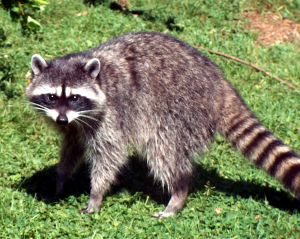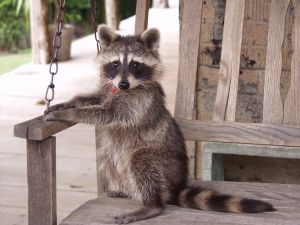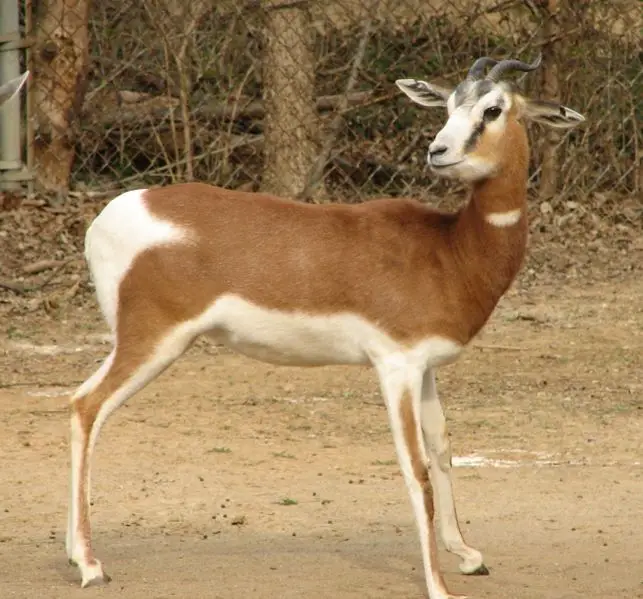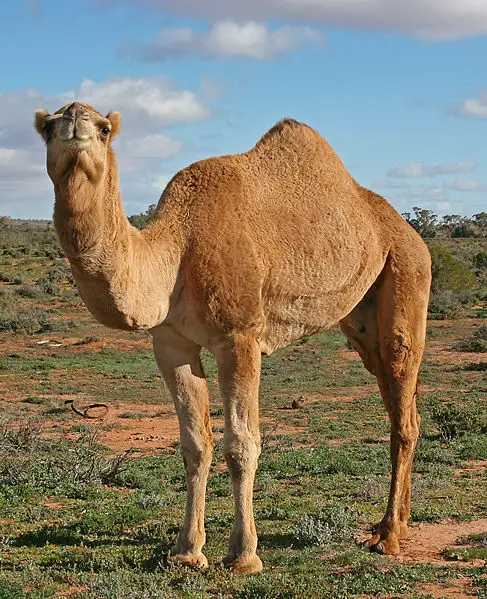Racoon
Also known as the northern, common or North American raccoon, this mammal is native to North America. Even though it is medium-sized, it is considered the largest in its family. It was discovered in the western world by members of Christopher Columbus’ expedition.
Originally, taxonomists thought that the raccoon was related to other species such as badgers, bears, cats, and dogs. However, Carl Linnaeus who is considered as the Father of Modern Taxonomy placed the raccoon in the Ursus genus and called it the Ursus cauda elongata which means long-tailed bear. However, in his 10th edition of his famous paper, Systema Naturae, he called it the Ursus Lotor which means washer bear. In 1780, Gottlieb Conrad Christian Storr placed the raccoon in its own genus, Procyon, which can be translated to ‘dog-like’ or ‘before the dog’.
Raccoons are between 40 to 70 cm long between the head to its hindquarters. Its famous bushy tail is about 20 to 40 cm long, however it averages about 25 cm. From shoulder to legs, it stands at 23 to 30 cm. Skulls of adult male raccoons are about 100 mm long, while females are about 90 mm long. The average weight of a raccoon depends on where it lives. For example, those found in Southern Florida area the smallest, while those in the north are large. Males are 15 to 20% heavier than female raccoons. At the onset of winter, raccoons can weigh twice the amount as they do in spring due to storage of fat. The heaviest recorded wild raccoon was 28.4 kg. The most prominent physical feature of the raccoon are the black fur around its eyes, which deeply contrasts the surrounding white face colouring. It looks like a bandit’s mask, and therefore the raccoon has a reputation for mischief.
The native habitat of raccoons are the mixed and deciduous forests in North America. As they are able to adapt well to urban areas, coastal marshes, and mountainous areas, home owners consider raccoons to be a pest. These animals have been deliberately introduced and during the mid-20th century. As a result, their range is now across Europe to Japan.
Raccoons are social creatures, that engage in gender-specific social behaviours. Females who are related share a common area. Unrelated males will live together in groups of up to 4 in order to maintain their positions against other males during the mating season as well as any potential invaders. Home ranges can be between 3 hectares for females in the city, to 50 sq km for males in prairies. The gestation period lasts for 65 days, and 2 – 5 young kits are born in the spring. They will be raised from their mother until late fall. Their life expectancy in the wild is between 1.8 – 3.1 years, but in captivity, they can live to over 20 years long. The 2 most common causes of death for raccoons are due to traffic and hunting accidents.




